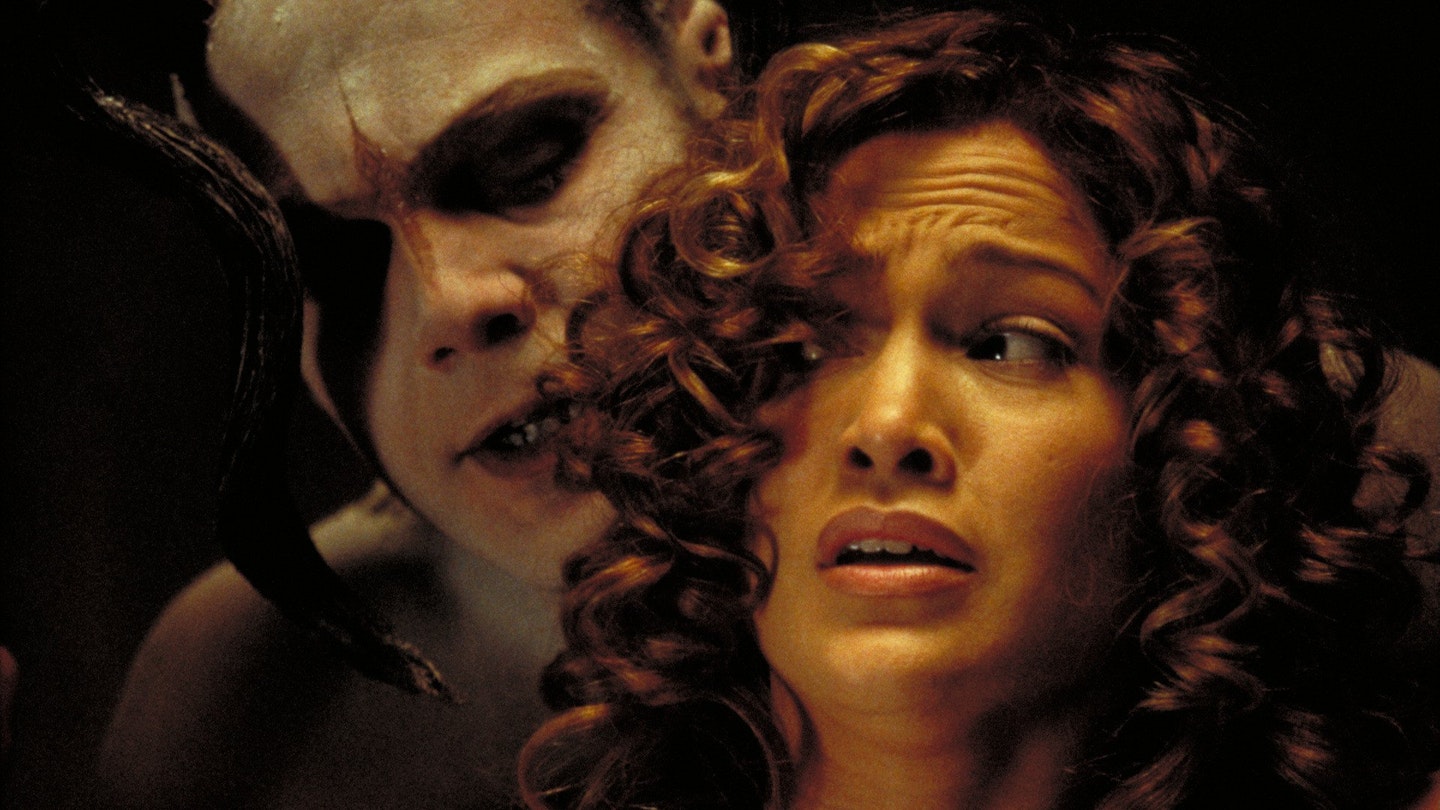Video director Tarsem Singh (known simply as Tarsem) has masterminded some of the most beautiful adverts ever shot - so beautiful, in fact, that a number of them are part of the permanent collection at the Museum Of Modern Art in New York. Certain sections of his feature debut, say, two or three minutes at a time, are equally stunning - mesmerising, hypnotic, terrifying, even. But taken as a whole, it's fair to say The Cell won't be troubling curators any time soon.
Opening promisingly and at a pace, it cuts between research lab hokum and Manhunter - style serial killer stalking, requiring brute force, and a fair amount of gumption swallowing, to hammer these story strands together. However, after this event, the plot has played out and we are trapped, almost without relief, inside a very disturbed mind.
Some people will no doubt hate The Cell, as some of the more shocking scenes do leave a nasty taste in the mouth. In implying that he's reporting directly from killer Stargher's subconscious, Tarsem is able to create a succession of increasingly disturbing images, without making any real attempt to penetrate the characters' psychology. Indeed, after repeated exposure, it's hard to fight the suspicion that Stargher's delusions are nothing more than a paintbox for the director to play with.
Worse still, Tarsem doesn't give his audience or his actors any room to breathe. You would expect him to reserve all the tricks for the trips into the subconscious, but even in the real world, every shot is saturated with imagery, but strangely devoid of meaning.
Battling against the visual onslaught, Vaughn tries gamely to inject some depth into his regulation G-Man, and D'Onofrio's killer is at least creepy. As for Lopez, for all her sexy sensitivity, she is often reduced to little more than set dressing.
